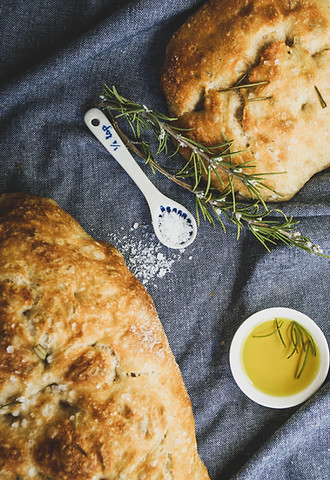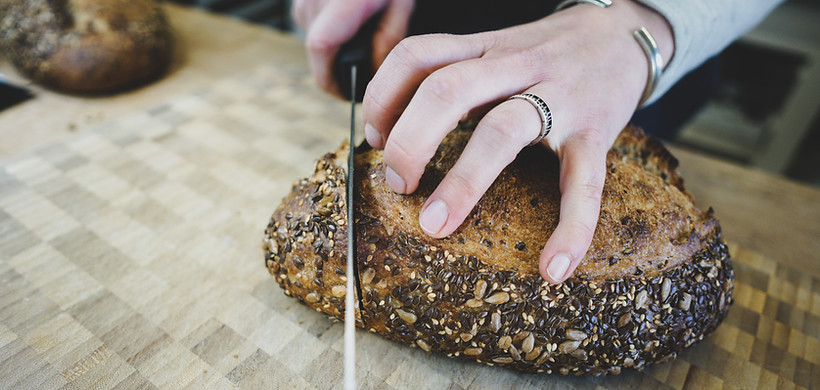

Our
Breads
Flour
At the very heart of what we do is our bread. We only ever use natural, wholesome ingredients. Our flour is sourced from Canterbury region, we use Milmore Downs organic whole-wheat and rye flours and spray free Farmers Mill flour.
Traditional Sourdough
We never use flour improvers, processing aids or enzymes – ingredients that are often used to save time or increase shelf life. Instead, we ferment our breads in cool temperature overnight to improve digestibility, keeping quality and flavor. Bread is leavened by sourdough culture producing real, honest bread that looks, smells and tastes amazing.
SLOW IS BEAUTIFUL
We use traditional techniques, hand-moulding our loaves and proving them in linen-lined proving baskets. Our sourdough loaves begin when we combine the water, flours and sourdough starter early in the morning. We continue to turn/fold the doughs throughout the day to give them strength to rise in the oven. Then shape the loaves in the afternoon and retard them in the fridge overnight to let them develop flavour and make gluten more digestable. The loaves are ready for us to bake in our stone hearth oven in the morning.
This process results in deliciously crunchy crust and tender moist crumb typical for slow fermented sourdough bread.


Flour + Water + Salt + Time

Bread tips
Bread knife
Store your bread wrapped in a clean tea towel or a cotton bag cut side down. Never refrigerate it or wrap in a plastic bag other than for freezing. We have found our sourdough good for sandwiches at days 1-3 and for toast beyond this.
Our bread freezes well and is best to slice it and freeze it wrapped in 2 plastic bags. You can then remove slices as you need them and defrost them at room temperature. Whole loaves can be frozen too and if you like crisped up in 180 degree oven after defrosting for about 10 minutes.
It is well worth investing in a proper big, sharp serrated bread knife with a thin but strong cutting blade. This will ensure that you can cut thin, even slices of bread, particularly when slicing bread with a thick crust like sourdough.
If you find our sourdough difficult to slice - try cutting it in half and then stand each half cut side down to slice.

